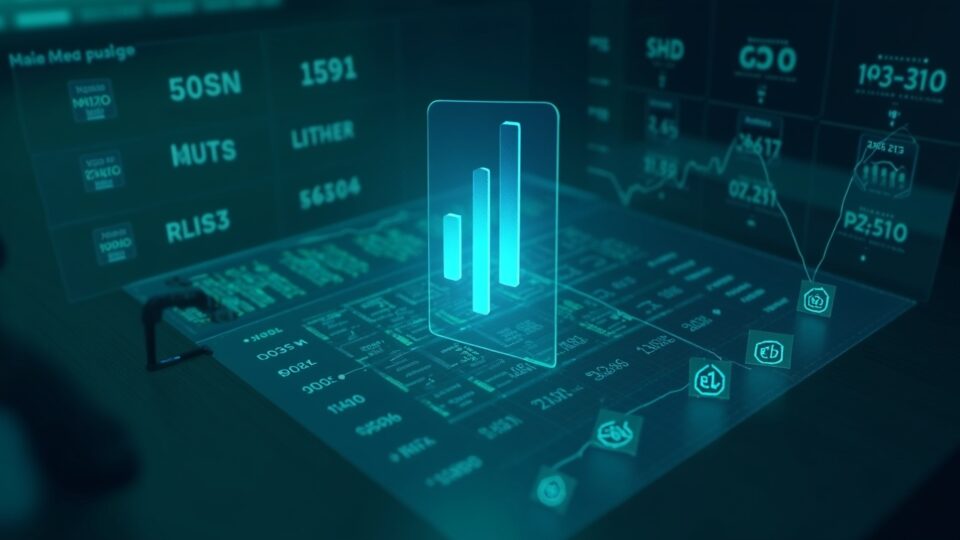Hyperliquid activated HIP-3 Growth Mode, an extension of the HIP-3 upgrade launched on October 13, 2025, which cuts taker fees by more than 90% for newly deployed markets and aims to facilitate the permissionless creation of perpetual futures and attract liquidity. HIP-3 Growth Mode is the central lever of Hyperliquid’s approach to turn its platform into a layer of open financial infrastructure, positioning the protocol to compete for liquidity by lowering costs and opening market deployment to third parties.
HIP-3 is an improvement proposal that transforms the platform into a programmable infrastructure for perpetual markets, enabling third parties to create markets permissionlessly. Under Growth Mode, any developer with a stake of 500.000 HYPE can deploy markets permissionlessly on HyperCore, the underlying protocol, and choose parameters such as oracles and leverage.
The staking requirement acts as a brake for accountability and incentive alignment, but it can also pose a barrier to entry for smaller creators. Deployers can enable per-asset fee reduction, which allows granular control of trading costs by market.
The fee reduction is the most notable measure: total taker fees for new markets fall from a previous standard of 0.045% to a range between 0.0045% and 0.009%; in perpetual markets not tied to crypto this practice effectively leaves fees near zero. Aligned stablecoins receive a substantial, albeit less pronounced, reduction.
Impact of HIP-3 growth mode on fees and adoption
The design aims to convert lower costs into a direct incentive to deepen liquidity and accelerate market formation, and adoption and activity metrics already show signs of significant growth.
Hyperliquid captured 35% of on-chain revenue in July, recorded a 369% increase in cumulative open interest year-to-date to reach $15,3 billion, and has received more than $5,1 billion in USDC bridged to the protocol.
Those data serve as evidence of traction and support Hyperliquid’s positioning thesis as an “AWS of liquidity” — a metaphor describing its intent to be a base layer for on-chain DeFi products and derivatives.
The combination of open deployment permission, minimal per-trade costs, and the need to stake HYPE introduces a potential virtuous circle: new markets attract traders, liquidity deepens, and demand for the token rises, linking ecosystem health to the value of the native asset.
HIP-3 Growth Mode represents a strategic shift to accelerate market creation and compete for liquidity through aggressively reduced fees; its success will depend on the effective adoption by deployers and the protocol’s ability to maintain market security and quality.

